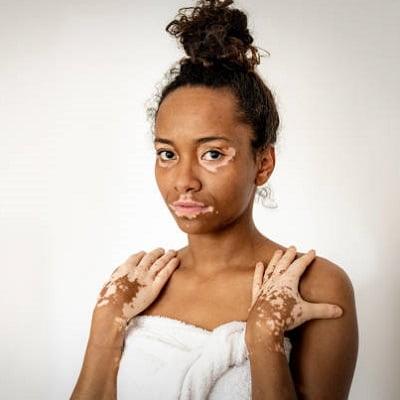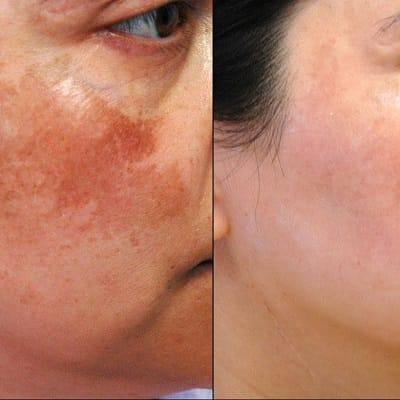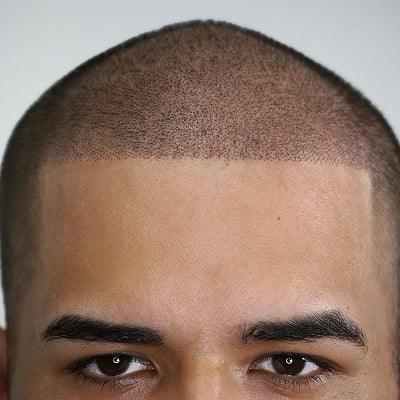In pursuing flawless and radiant skin, many individuals are often bothered by uneven skin tone caused by sun exposure, hormonal changes, and genetics. As a result, various cosmetic procedures, including skin toning treatment in Islamabad, have gained popularity for their promise to address this concern. However, the question remains: Can skin toning treatments permanently remove uneven skin tone?
In this blog, we will delve into the world of skin toning treatments, their mechanisms, and the lasting effects they can offer. So, read the following details.
Uneven Skin Tone:
Before we explore the effectiveness of skin toning treatments, it’s crucial to understand what causes uneven skin tone in the first place.
Uneven skin tone, also known as hyperpigmentation, occurs when patches of skin become darker than the surrounding area due to an overproduction of melanin – the pigment responsible for skin colour.
It can happen due to sun exposure, inflammation, hormonal fluctuation, and even post-inflammatory responses such as acne scars.
Skin Toning Treatments:
Here are the most effective and best treatments we offer for skin toning:
Topical Treatments:
Topical treatments, such as creams and serums, are a common first step in addressing uneven skin tone. Ingredients like hydroquinone, kojic acid, retinoids, vitamin C, and alpha hydroxy acids (AHAs) help reduce pigmentation by inhibiting melanin production, promoting cell turnover, and providing antioxidant protection. However, these treatments usually require consistent and prolonged usage, and their effects may not be permanent.
Chemical Peels:
Chemical peels involve the application of a chemical solution to exfoliate the top layer of skin. This process helps improve the appearance of uneven skin tone by stimulating the growth of new, evenly pigmented skin. Superficial peels can be done at a spa or clinic, while deeper peels might require medical supervision.
While chemical peels can provide significant improvements, they might not guarantee permanent results, as new pigmentation issues could arise due to sun exposure or other factors.
Laser Therapy:
Laser treatments, such as intense pulsed light (IPL) and fractional laser therapy, effectively target hyperpigmentation. These treatments deliver controlled light or laser energy to the affected areas, breaking down excess melanin and encouraging the body’s natural healing processes.
Laser therapies can yield more noticeable and longer-lasting results than topical treatments or peels, but multiple sessions might be necessary for optimal outcomes.
Microneedling:
Microneedling, or collagen induction therapy, involves using tiny needles to create controlled micro-injuries in the skin. This process stimulates collagen production and triggers the skin’s natural healing response, improving texture and tone.
It can be combined with serums or PRP (platelet-rich plasma) to enhance effectiveness. While microneedling can provide impressive results, maintenance sessions might be required to sustain the improvements.
Medical Procedures:
Medical procedures like cryotherapy (freezing) or surgical interventions might be considered in more severe cases of uneven skin tone. These treatments are usually reserved for specific types of hyperpigmentation and should be discussed with a dermatologist.
Can Skin Toning Treatment Permanently Remove Uneven Skin Tone?
While skin toning treatments can undoubtedly lead to significant improvements in uneven skin tone, claiming they can achieve a permanent solution might be an overstatement. The effectiveness of these treatments depends on several factors:
- Underlying Cause: If the underlying cause of hyperpigmentation is not addressed, new instances of uneven skin tone might occur. For example, continued sun exposure without proper protection can lead to the reappearance of dark spots even after successful treatment.
- Lifestyle Factors: Lifestyle factors, such as sun protection and skincare routine, play a vital role in maintaining the results of skin toning treatments. It is essential to protect your skin from the sun’s harmful UV rays or neglect a proper skincare routine to ensure the effectiveness of the treatments.
- Genetics and Aging: Genetic predisposition and the natural process can influence the development of hyperpigmentation. As we age, our skin’s ability to repair itself and produce melanin evenly can diminish, potentially leading to new instances of uneven skin tone.
- Maintenance: Many skin toning treatments require ongoing maintenance sessions to sustain the results. Failure to adhere to these maintenance schedules can lead to regression in the improvements achieved.
The Bottom Line!
In the quest for permanent solutions to uneven skin tone, it’s essential to maintain realistic expectations. Skin toning treatments provide remarkable improvements and significantly reduce the appearance of hyperpigmentation. However, factors like sun exposure, genetics, and lifestyle choices can impact the longevity of these results.
To achieve the best possible outcome, it’s advisable to consult with a dermatologist at Enfield Royal Clinics Islamabad, who can recommend the most suitable treatment approach based on your specific skin type, concerns, and goals. Remember that consistent skincare practices, sun protection, and proper aftercare are key to enjoying the long-lasting benefits of skin toning treatments.










Leave a Reply